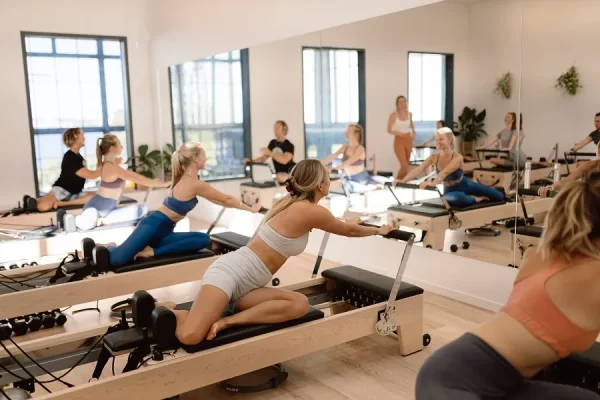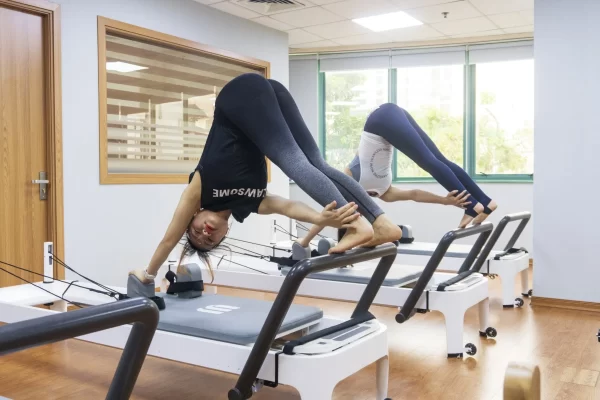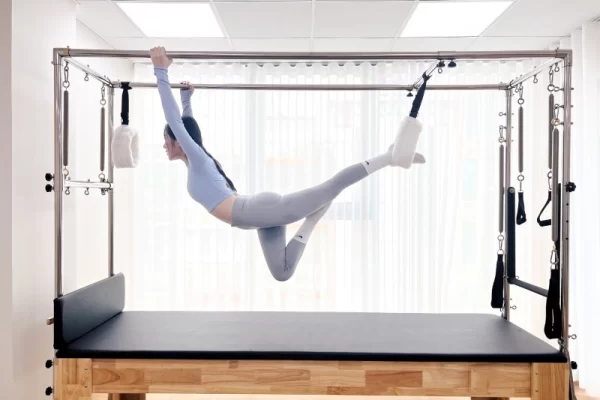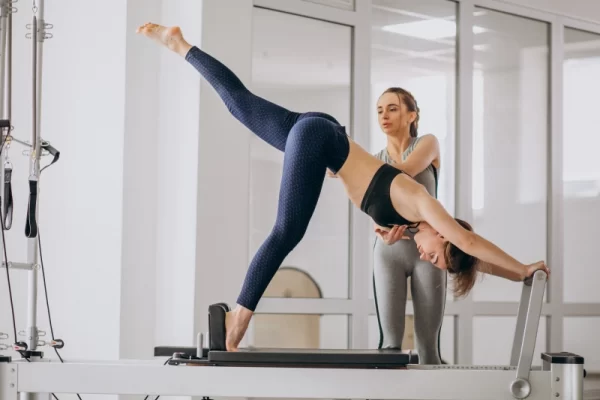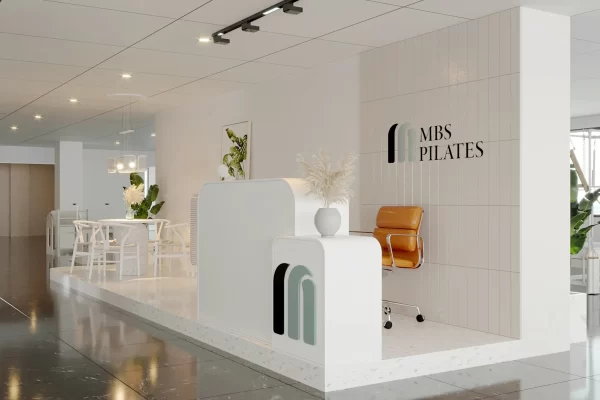Pilates for Beginners: What You Need to Know and the 10 Most Basic Exercises
19/11/2025Pilates, with its gentle yet effective movements, is an excellent choice for anyone looking for a training method to improve their health and physique. However, for beginners, getting familiar with this discipline is not easy without a solid foundation. To help you approach Pilates effectively, this article will introduce the basics of Pilates for beginners along with 10 of the simplest exercises. Let’s explore together and start your Pilates journey today!
Things beginners need to know about Pilates
Pilates is an effective, low-impact form of exercise that has existed for nearly 100 years and is becoming increasingly popular. These exercises target the deep muscles, improving flexibility, balance, circulation, and muscle control. Pilates is suitable for all fitness levels, especially beginners or those returning to exercise after an injury.
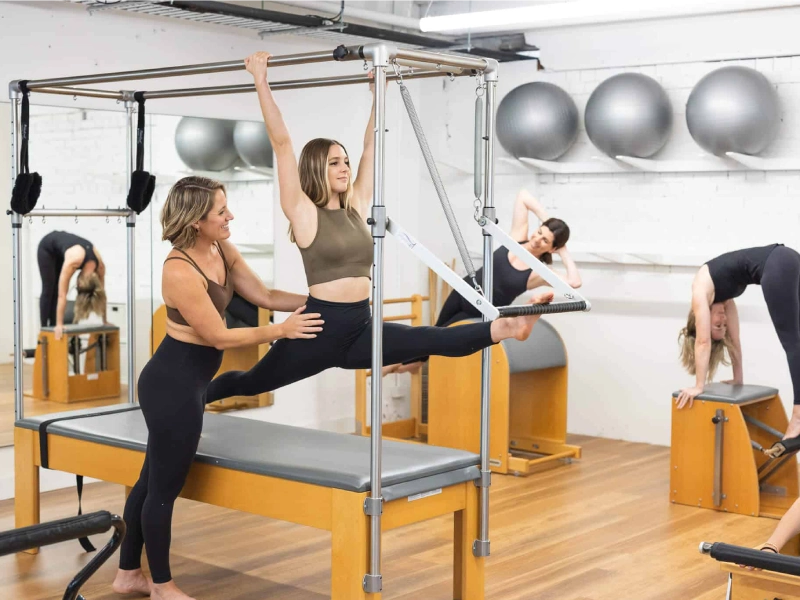
Things beginners need to know about Pilates.
1. Is Pilates easy for beginners?
Yes, Pilates is quite accessible for beginners. Pilates exercises are structured from basic to advanced, helping
practitioners adapt gradually. Thanks to its gentle impact, Pilates is suitable for most people. Even those with years of experience start from the basics to build a solid foundation. Many people enjoy training alongside beginners to reinforce their fundamentals.
2. What age is suitable for practicing Pilates?
Pilates is suitable for all ages, from children to older adults. The minimum recommended age to practice Pilates is around 8 years old, when the skeletal system has basically developed. Children from 5 years old can also do some basic movements. Older adults can improve physical and mental function through Pilates. As you can see, this discipline does not limit age or gender; what matters most is a willing attitude and consistency in training.
3. Pilates is a long-term training journey
Pilates is not a discipline you practice for just a few sessions and then stop; it is a consistent training journey where you gradually feel positive changes from within. Take time to learn, build a plan that suits you, and follow it persistently. When you see Pilates as part of your daily lifestyle, practice becomes lighter, more enjoyable, especially when you have training partners to share and motivate one another.
4. Pilates works the entire body
Pilates does not focus only on one body part but targets the whole body. One part of the body may remain stable while another moves. The diversity of Pilates exercises allows your entire body to benefit, whether you are a beginner or an experienced practitioner.
Pilates also offers specific programs for different groups such as pregnant women, seniors, and people with lower back injuries or low bone density. With its comprehensive impact, Pilates is not only a workout but also a form of physical therapy that effectively supports functional recovery.
5. In Pilates, quality matters more than quantity
Control and precision are key principles in Pilates. They ensure the quality of each exercise and help you gain more benefits. Instead of performing many repetitions, focus on accuracy and controlling your body.
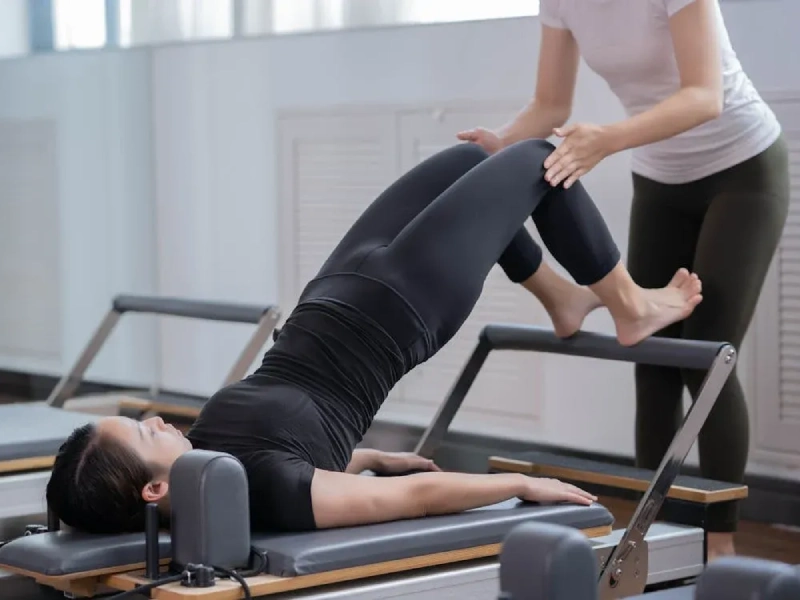
Pilates works the entire body, not just one area.
Beginners should prioritize learning proper technique from the start to avoid developing sloppy training habits. This will help you save time and achieve better results.
6. Focus on breathing when practicing Pilates
Breathing is a crucial element in Pilates, especially for beginners. Proper breathing helps increase lung capacity, improve coordination, and maintain endurance during practice.
Pilates breathing focuses on three-dimensional breathing through the rib cage and diaphragm, activating core muscles such as the lower back, abdominals, glutes, hips, inner thighs, and pelvic floor. When these muscles are engaged, the goal is to create suppleness, not stiffness. This is achieved by properly controlling your breath.
7. A training plan for Pilates beginners
Designing a Pilates training plan is essential to achieve your desired results. A clear plan helps you track your progression, goals, and training methods. Looking at this plan will give you more motivation to stay consistent, turning Pilates into a habit and an indispensable part of your life.
8. How many Pilates sessions per week are enough?
There is no strict rule about how many Pilates sessions beginners should do per week. Many people find 2 sessions/week sufficient, while others feel 3 sessions/week are more effective. Some even practice up to 5 sessions/week. The ideal frequency depends on your body and your goals.
At first, you can practice 2-3 sessions per week, and once your body adapts, you can increase to 3-5 sessions per week. Pilates can become a daily activity without needing a fixed schedule.
9. The difference between Yoga and Pilates
Many people confuse Yoga and Pilates, especially exercises that use mats and balls. Both train the mind, body, and spirit, but differ in how they are performed. Pilates focuses on dynamic movements that strengthen the core, abdominals, lower back, hips, and glutes, helping stabilize the body.
Yoga is not only physical movement but also a mindful and spiritual experience. Yoga brings a sense of tranquility, whereas Pilates emphasizes full-body muscular conditioning.
10. Choosing a reputable, suitable place to practice Pilates
For beginners, choosing where to practice is very important. Both home workouts and studio sessions have their pros and cons. If you are just starting out, you should join Pilates courses at a studio to train under professional guidance. This helps you avoid mistakes and achieve optimal results. Once you master the techniques, you can practice at home.
11. Equipment for Pilates beginners
Whether you practice at home or at a studio, equipment is indispensable. It supports you and adds variety or difficulty to the exercises. If you work out at home, you’ll need to prepare your own tools such as mats, balls, rings, and machines. At studios, these are usually available.
Besides the points above, you should also pay attention to the following:
– Consult a healthcare professional: If you have recently recovered from an illness or surgery, consult your doctor before starting Pilates. This helps minimize the risk of injury.
– Guidance from experienced instructors: When you first start, you need guidance from experienced practitioners or instructors. They will help you perform exercises correctly and use equipment safely and appropriately.
– Exercise difficulty levels: Pilates has many difficulty levels, from basic to advanced. Understanding the techniques is essential for safe and effective training.
– Consistency and a healthy diet. To achieve optimal results, you need consistency, proper technique, and a healthy diet. This ensures good health and helps you reach your desired body shape.
10 basic Pilates for beginners
There are many Pilates exercises for beginners, and each body type will have its own training roadmap. Below are some basic exercises that are easy to practice on your own.
Pilates exercise for beginners 1: The Hundred
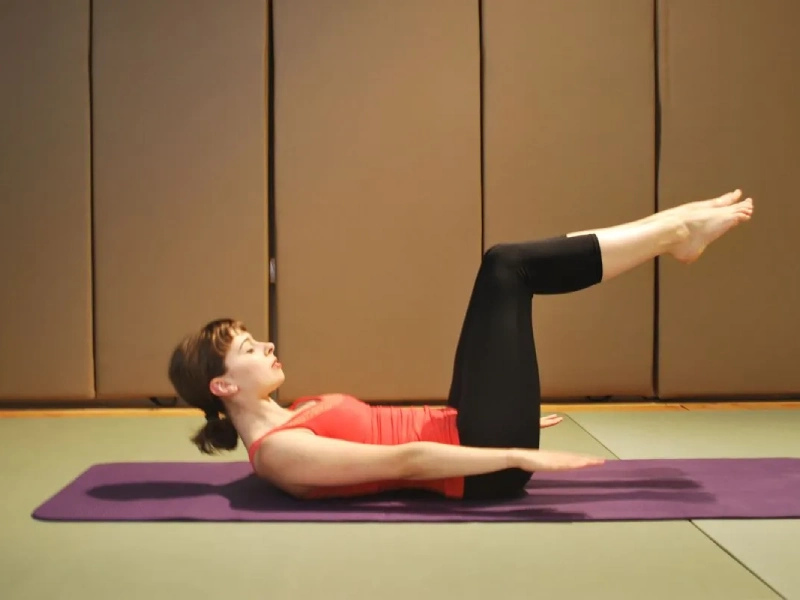
Pilates exercise The Hundred.
How to perform.
- Lie on your back on the mat, arms and legs extended naturally and parallel.
- Lift your legs up, keeping them together and parallel to the floor.
- Lift your shoulders and neck off the mat, extend your arms and pump them up and down rhythmically without touching the floor. Keep your legs still, inhale deeply and exhale steadily. Perform about 5 sets, each lasting around 5 seconds.
- Repeat the movement about 10 times, resting when necessary.
Pilates exercise for beginners 2: Single-Leg Teaser
How to perform.
- Lie on your back, arms extended with palms facing down. Bend your knees and place your feet flat on the floor. 2. Lift your left leg to a 45-degree angle from the floor. Curl your upper body off the mat, extending your arms parallel to each other.
- Hold for about 3 seconds, then lower your body back to the starting position.
- Repeat on the other leg, about 5 repetitions per side.
Pilates exercise for beginners 3: Swimming
How to perform.
- Lie on your stomach, arms and legs extended.
- Lift your arms and legs off the mat, face looking down toward the mat.
- Flutter your arms and legs, moving from the hips and shoulders, not from the knees and elbows.
- Maintain steady breathing.
Pilates for beginners 4: Mermaid
How to perform.
- Sit down, bend your legs and tuck them to one side behind you, keeping your back straight. Place your left hand on your left heel, and raise your right arm straight up to stretch.
- Use your right arm to gently press and lean your upper body to the left, coordinating your breath and stretching the arm and abdominal muscles.
- Hold for about 3 seconds, then return to the starting position.
- Perform about 10 repetitions. Repeat on the other side.
Pilates exercise for beginners 5: Bird Dog How to perform.
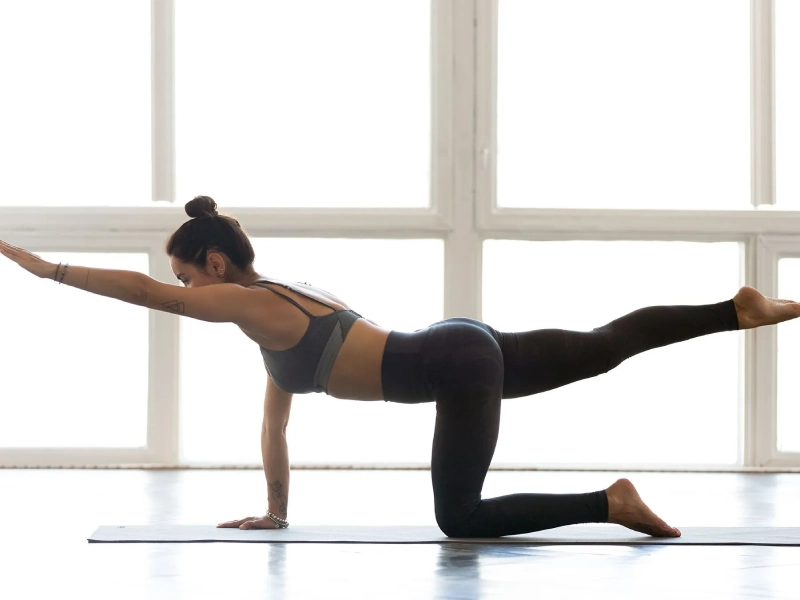
Pilates exercise Bird Dog.
How to perform.
- Kneel on the mat with your hands and knees on the floor.
- Extend one arm forward and the opposite leg straight back. Perform about 10 repetitions.
- Repeat on the other side with the opposite arm and leg.
Pilates exercise for beginners 6: Criss-Cross How to perform.
How to perform.
- Lie on your back, place your hands behind your head, and lift your legs so your knees are bent and shins parallel to the floor.
- Continuously kick your legs forward one after the other while rotating your torso left and right.
- Perform this movement for about 3 minutes.
Pilates exercise for beginners 7: Rolling Like a Ball
How to perform.
- Sit down, bend your knees, bring the soles of your feet together, and hold the backs of your thighs with your hands.
- Use your core to roll your body backward so that your spine, from your tailbone to your upper back and head, touches the mat.
- Perform about 5 repetitions.
Pilates for beginners 8: Single-Leg Circles
How to perform.
- Lie on your back, arms and legs extended.
- Raise your left leg straight up toward the ceiling. Using your hip as the pivot point, draw circles in the air with your left leg.
- Repeat the movement with your right leg. Perform about 10 repetitions per side.
Pilates for beginners 9: The Saw
How to perform.
- Sit up tall with your back straight, legs open wide, and arms extended to the sides at shoulder height.
- Twist your torso to the left, allowing your arms to follow while keeping your legs still. Reach forward over your left leg, inhaling as you stretch and exhaling as you return to the starting position.
- Perform about 8 repetitions on each side.
Pilates exercise for beginners 10: Scissors
How to perform.
- Lie on your back, lifting your head, neck, and shoulders slightly off the mat.
- Extend your legs straight and lift them up toward the ceiling, toes pointing upward.
- Slowly lower one leg toward the floor while keeping the other leg raised, then bring it back up and lower the opposite leg. Alternate your legs like scissors.
- Gently hold the raised leg with your hands to help support your body.
Pilates is a fantastic training method for anyone who wants to improve their health, flexibility, and body balance. By mastering the basics and consistently practicing the 10 simple Pilates for beginners introduced in this article, you can confidently and effectively begin your Pilates journey. Be patient and listen to your body-results will come with every session. Wishing you success!m

